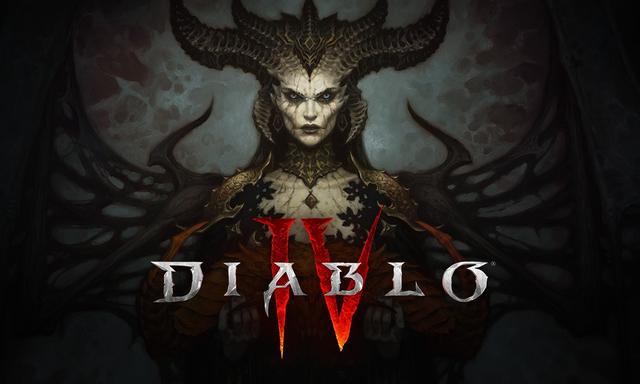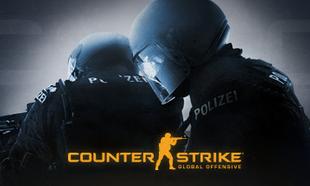Almost three months on from the release of 'Diablo IV', it’s true that some of its limits have been found. The endless search for better gear or that illusive unique, the monotony that almost immediately sinks in as you go from enjoying stories and quests to mindlessly farming dungeons on your way to level 100, and the slightly lacking seasonal content in BattlePass Season One are all contributing factors for why the player-base is falling off a bit.
Fortunately for new players, none of this actually has any impact if you just want to play and enjoy the game from scratch. All of the features that made us play for more time than we’d like to admit are still there. The core gameplay is great and is continually improving through patches. It’s incredibly fun and every build and play type is viable (to a point – you’ll probably need a build guide for Uber Lillith!). And of course, it still looks absolutely incredible.
Almost two weeks before 'Diablo IV', however, we were treated to a return of one of the most beloved PlayStation series of all time. 'Final Fantasy XVI' was released to critical and public acclaim, with many outlets giving it a perfect score. As expected for a next-gen game, the visuals are spectacular. While some fans are disappointed that it’s moving further away from the strictly turn-based combat of its predecessors, these changes seem to simply be keeping the game up with modern expectations. The characters are well-rounded and overall likable, and their development throughout the story keeps things interesting.
One of the most impressive additions to the game is Active Lore. With a simple button press your screen is filled with all the important information you need to know to keep up with the conversation in the background. Think X-Ray mode in Amazon Prime Video. It’s such a simple quality-of-life improvement and means you won’t be lost if this is your first 'Final Fantasy' game. Actually, more games need to have this.

After roughly six years of development, the same year as the 'Dungeons and Dragons' movie, and twenty-three (!) years after the sequel, we finally have 'Baldurs Gate 3'. Based on the 'Dungeons and Dragons' license, this role-playing, dice-throwing, turn-based combat classical RPG is being hailed as the new gold, even platinum, standard for games. Although a low bar, it simply worked on day one of release. There are no micro-transactions. The Larian Studios delivered on basically every promise and made a game with an incredibly engaging story, deep characters with a development arch impacted by the players' choices.
Speaking of which, and typical of D&D, your character is exactly your own. With the level of visual customization it’s unlikely that any two player characters will ever be identical, and even more so the choices each player makes – unless following a guide – will be unique. There is an incredible level of replayability in 'Baldurs Gate 3', and don’t be surprised to see it on game of the year shortlists – along with 'Final Fantasy XVI'.
The next big game from the developers of 'Skyrim' is also just around the corner. Why is this a big deal? Well, 'Skyrim 'has sold around 60 million copies, and the average PC playtime is 75 hours. That adds up to over 500,000 years. Even if we just take the PC sales – 10 million on Steam – and 75-hour average playtime, it’s still over 85,000 years in game. So, 'Starfield' has an awful lot to live up to.
Coming from Bethesda, the “it’s a feature, not a bug” developers, and considering the state of modern gaming in general, fans are waiting with bated breath for the release on the 1st of September. There’s already quite a lot known about 'Starfield' too, as the developers keep teasing different aspects of combat, the narrative, base and shipbuilding and customisation. There is a serious amount of features in this game, and if all the puzzle pieces come together there’ll be yet another contender, and likely winner, of multiple game of the year awards. Or, we could end up with a dumpster fire of half realised, buggy, great-on-paper ideas, hiding under the vale of a massive marketing budget – like the disastrous release of 'CyberPunk 2077'.
In fairness to 'CyberPunk', though, CD Projekt Red has significantly turned things around. The overall and recent reviews on Steam both have a “Very Positive” score, far from the overall negative reviews on release. They’ve been working hard with gameplay and bug fixes, quality-of-life improvements, and generally getting the game to where it should have been at launch. Once that was finished, they started to siphon off some of their development releases to get to work on 'Phantom Liberty'.
This will be the first expansion for 'CyberPunk', and it comes alongside another new patch that contains so many gameplay changes that even the base game is likely to feel completely new – before you launch the new content. And while it’s probably more in the Action Adventure column, the fact that you develop your own character, make your own decisions, and focus and level up the skills and abilities you want, means that by definition it can be considered an RPG.
As well as the above, some notable entries either already out or soon to come are 'The Lies of P' – loosely inspired by Pinocchio, 'Atlas Fallen' – an ARPG blending fantasy, with an alien/future vibe, 'Hogwarts Legacy' – though this is light on the RPG features, and 'The Legend of Zelda: Tears of the Kingdom' – if you really broaden your definition of RPG.









































































